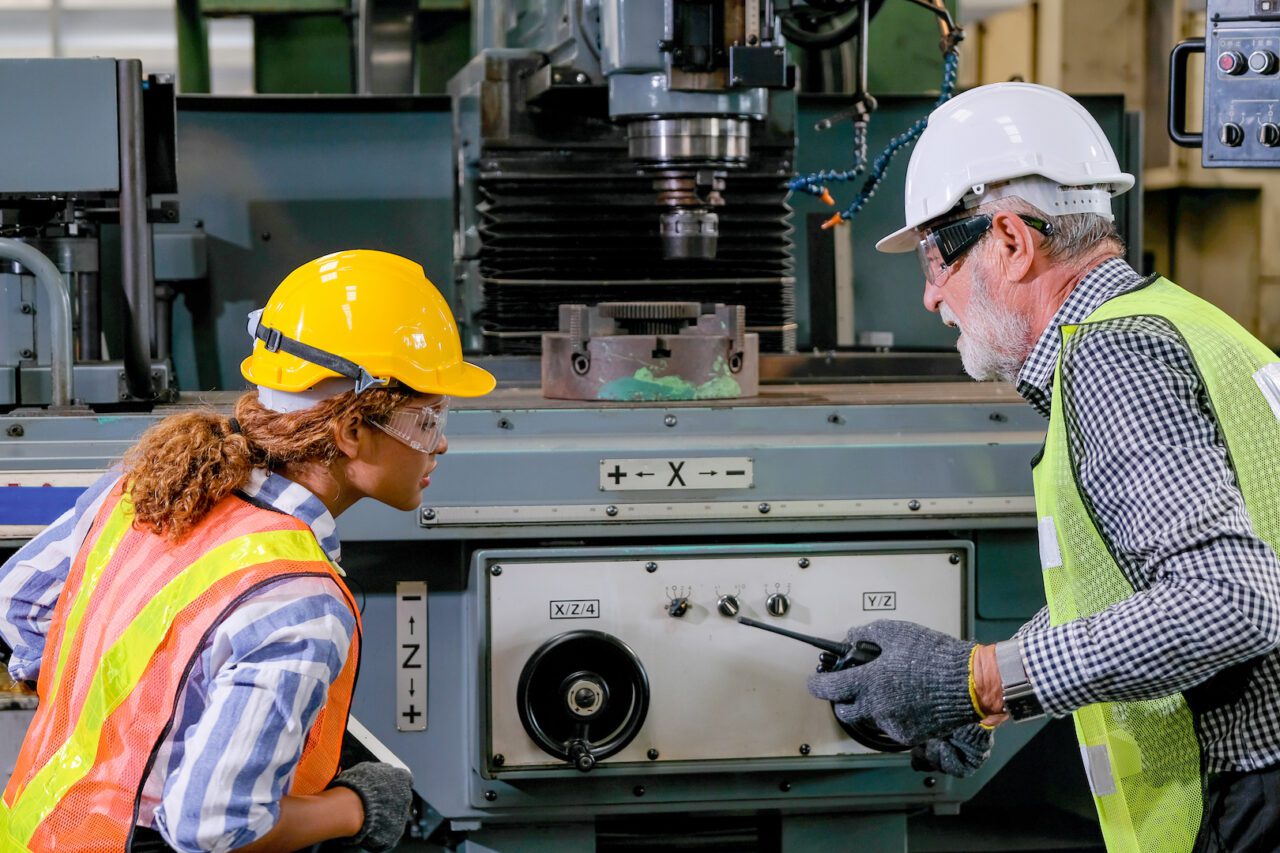Addressing the Challenges Presented by a Retiring Utility Workforce
Credit to Author: Gary McAuliffe| Date: Wed, 22 Jun 2022 13:52:36 +0000

POWER magazine has always held a special place in my heart. After my father left the Navy, he became a power engineer and a loyal subscriber to the magazine. As a kid, I remember stacks of the publication all over the house. At the high point my father had hundreds of issues amassed over decades.
COMMENTARY
Like many in his generation, he was not only loyal to his periodicals, he was also loyal to his employer. My dad worked for the same engineering firm for 35 years, before retiring five years ago. Those decades of experience with the same company created a knowledge base that enabled my father to support new projects with the wisdom gained from the dozens of other projects in which he had participated.
With 50% of the utilities workforce set to retire over the next decade, the retirement wave will create a mass loss of field technicians, operators, engineers, managers, supervisors, and clerical and administrative staff—resulting in utilities losing critical knowledge like that of my father’s. Unfortunately, those that will be replacing the retiring generation will not have the tenure of those with my father’s generation, so we must seek ways to capture and digitize this knowledge for the new workforce.

When this critical organizational knowledge is lost, it creates room for errors, and in the utility industry, an error can put workers in dangerous and even fatal situations. Utilities can mitigate these workforce issues by urgently adopting and scaling digital transformation technologies like internet of things (IoT), artificial intelligence (AI), digital twins, and augmented reality (AR) and mixed reality (MR), which ultimately can help overcome the impending so-called “silver tsunami” and the related skills and knowledge gap.
Challenges of the Utility Workforce
Just like any other industry, utilities must combat the numerous challenges that have come rapidly over the past couple of years such as the global COVID-19 pandemic, regulatory mandates, changing consumer behaviors and expectations, as well as internal pressures to invest in clean energy sources while reducing operations and maintenance (O&M) costs.
While utilities are embracing new technologies to address these challenges, companies have yet to broadly scale solutions enterprise-wide. Amid high retirement numbers and a skilled worker shortage, organizations have fewer resources but must continue to deliver the same—and better—services. Enterprises need to boost their digital transformation with technology solutions that safeguard critical institutional knowledge and create seamless transitions for training new workers into front-line roles, and ultimately, do more with less.
Reaping the Benefits of Digital Transformation Technologies
Equipping field workforces with technologies specifically for their use cases enables deeper knowledge capture and collaboration, and can dramatically improve operational costs, safety, and worker satisfaction, as well as capture this critical knowledge from the heads of those that will soon be retiring. Take, for example, AR-enabled remote collaboration solutions, which offer the ability to capture critical knowledge from live video calls, recordings, images, digital work instructions or by tagging relevant data and analyzing unstructured data through AI and machine learning.

Once captured accurately, this knowledge can be shared across the organization through a centralized knowledge network to ensure new workers have access to expertise long after the tenured employees (like my dad) have left the company. Innovative technologies can help preserve critical workforce knowledge, enable remote communication in hazardous and rugged environments, and improve on-the-job training and onboarding.
Key benefits include:
- Enhanced training, onboarding, and re-skilling: As utilities see continued workforce retirements, it will ultimately lead to further talent shortages. It is critical to facilitate training, onboarding, and re-skilling through remote collaboration solutions such as AR-enabled tools that can capture this information in the form of live video calls, recordings, images, digital work instructions, or by tagging relevant data and analyzing unstructured data through artificial intelligence and machine learning. This will be key in training as well as capturing critical operational knowledge from the retiring workforce.
- Instant accessibility to expertise: By leveraging AR-enabled remote collaboration technologies, it creates access to the help needed, instantly. This allows workers to get accurate information and counsel efficiently, which can improve business outcomes, boost productivity and efficiency gains, and create significant cost savings.
- Lower O&M Costs: The U.S. utility industry spends an average of USD 14.6 billion on O&M costs. In general, power operators must deal with complex equipment and limited on-site expert availability to cumbersome data search and communication challenges. This can inevitably lead to delays in repair and maintenance tasks without the proper knowledge, tools, and support available. By using AR-enabled capabilities and solutions, it can help easily connect field workers and control centers with the appropriate people, materials, and data at the point of service so they can effectively and efficiently identify any issues and complete necessary repairs and inspections.
Enhancing the future of the utilities industry
Looking forward, without intervention, talent and skills shortages are going to continue to hinder the utility industry’s ability to ensure reliability and consumer satisfaction. Utilities and utility service providers can no longer count on employees with decades of tenure. It is critical for organizations to ensure their workforce can access experts and data in the most efficient manner.
Adopting digital transformation solutions enables utilities to unlock measurable productivity, efficiency, and resiliency benefits that ultimately make workplaces safer, smarter, and more efficient.
—Gary McAuliffe is Librestream’s vice president of global energy and utilities. He is responsible for delivering workforce transformation to the frontlines of the utility, renewable energy, and oil and gas sectors. McAuliffe leverages his multi-decade experience in the energy sector to address critical workforce challenges associated with generational retirements, skilled worker shortages and institutional knowledge loss.
The post Addressing the Challenges Presented by a Retiring Utility Workforce appeared first on POWER Magazine.